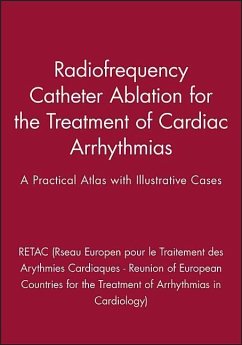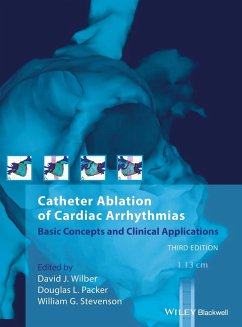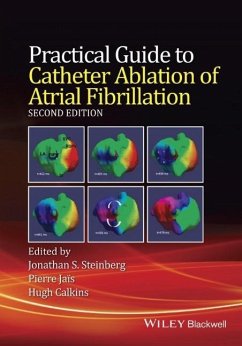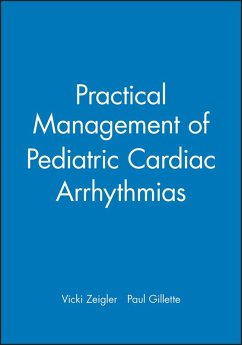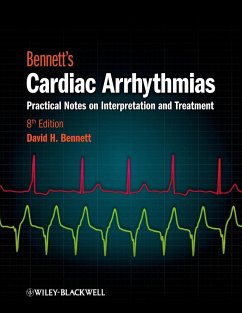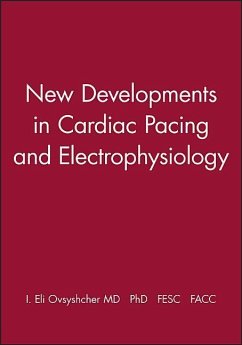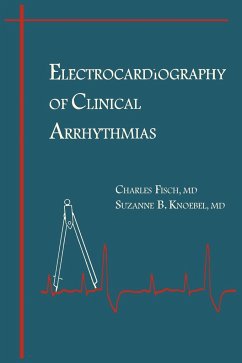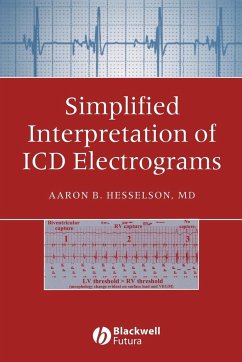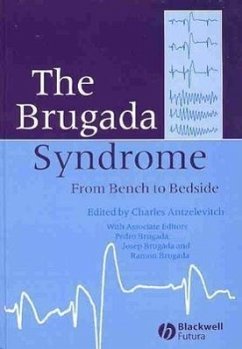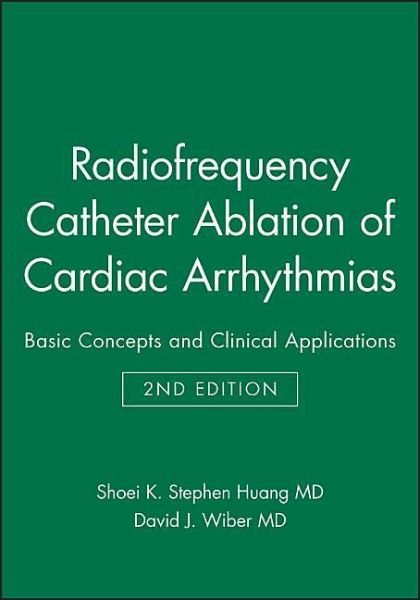
Radiofrequency Catheter Ablation of Cardiac Arrhythmias
Basic Concepts and Clinical Applications
Herausgeber: Huang, Shoei K Stephen; Wiber, David J
Versandkostenfrei!
Versandfertig in über 4 Wochen
234,99 €
inkl. MwSt.

PAYBACK Punkte
117 °P sammeln!
Since its inception in the mid-1980s, this therapeutic procedure has evolved to become an indispensable therapeutic modality in the treatment of arrhythmias. Now there is a "cure" without surgery. This text provides a comprehensive description of radiofrequency catheter ablation of cardiac arrhythmias from basic concepts of biophysics and pathophysiology of radiofrequency lesion formation to clinical application of the technique in every aspect of arrhythmia ablation. Each chapter provides an indepth review of the topic, including the most current information and references



